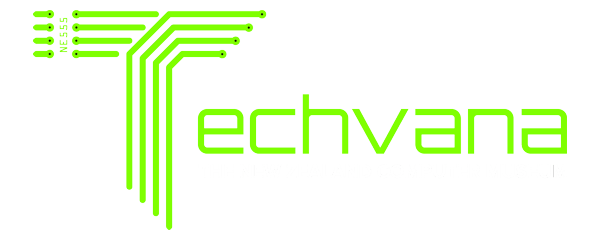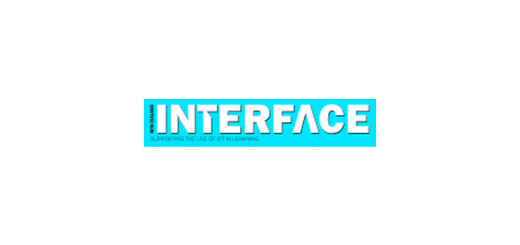Peter Calder: Control,alt, but never ever delete
To the unseeing eye, the old computers are just junk … but to the owner, they are memories and history.
Mark and Katie Barlow who have started a computer museum called Techvana. Photo / Dean Purcell
Taken from The New Zealand Herald
The present becomes the past more quickly than it used to. People getting on in years will tell you that, and the more they’re getting on the more they’ll tell you.
About half of us are not old enough to remember the wonder of being told they had invented a machine that could take a photocopy of something in one place and spit it out in another; a good number of them would not know how to use a fax machine now.
But nothing brings this home quite so forcefully as a visit to a warehouse on the northern end of Cook St, where traffic hurtles off the motorway.
The building, formerly a film effects studio, is now a computer museum.
Don’t those two words sit oddly together? Museums are repositories of old stuff, right? And in the digital world, old means last week.
Well, maybe a bit further back than that, Mark Barlow tells me. He’s the CEO and co-founder, with his wife Katie, of the New Zealand Computer Museum, which rejoices in the portmanteau name Techvana.
It’s not much of a museum yet. The exhibits – there are around 1000 of them and they almost all come from Barlow’s own collection – are displayed on planks on concrete blocks. Curation, such as it is, consists of arranging them chronologically or by manufacturer.
The Osborne 1 (1981), the first portable computer, is as heavy as a big sewing machine. The IBM ThinkPad has a butterfly keyboard that spreads as you open the lid. The Apple Newton MessagePad is the ancestor of the tablet.
A section devoted to gaming is easily identified by the repetitive music, like merry-go-round tunes played through a kazoo, that endlessly loops while animated figures march on the spot waiting for their keystroke orders.
When I visited, IT engineering students working as interns were meticulously mounting each exhibit on a brightly lit platform for photographing.
It seems like a place in the process of becoming, but if Techvana is unprepossessing now – a sort of Techlimbo, perhaps – Barlow has big plans for the cavernous space: a mezzanine floor; with meeting rooms; displays; workshops.
The Barlows plan to fund all this by what’s known as equity crowdfunding. This became legal only in April, and allows new enterprises to offer equity of up to $2 million without having to take on the costs associated with publishing a prospectus: supporters can get a piece of the action as investors, rather than simply making a donation.
For $100 down, you can buy two shares and Barlow says they are projecting a 60 per cent return in dividends and equity gain over the first three years.
The couple say they are halfway towards their investor and sponsor targets and expect a rush by the go-date at the end of the month.
“One thing is certain,” says Katie. “Auckland will get a Techvana, whether it is here or not.”
The place has been established as a trust, which will own the assets and license an operations company, which will generate an income, Barlow says. It will do this by attracting sponsors, staging events, and running a shop, where you might buy a replica kit. “You could build your own Apple 1.”
My suggestion that the number of people who want to do that might be limited does not dent his smiling optimism. Half the IT people in the country are in Auckland, he says; that’s a serious geek market.
Barlow happily admits to being “a total geek”. His collection was compiled over the 35 years he has worked in the IT industry – a figure that, I suggest, might take him back to days in short pants.
It turns out that he started out at a computer camp in 1978, when he was 10. He was programming at 12 and at 14, had sold a program – a sprite animation routine, if you must know – to a UK company.
When I ask Barlow what appeal the museum might have to a non-geek like me, the question doesn’t seem to compute, so to speak.
These machines, I suggest, once superseded, are just inorganic rubbish: their magic resides in their functionality, not their form.
“You could say that,” he says. “But it’s great to go back to your childhood and show your kids the games you used to play. Each of these pieces has its own amazing backstory of people who worked long hours to bring the technology into being.”
For more information






